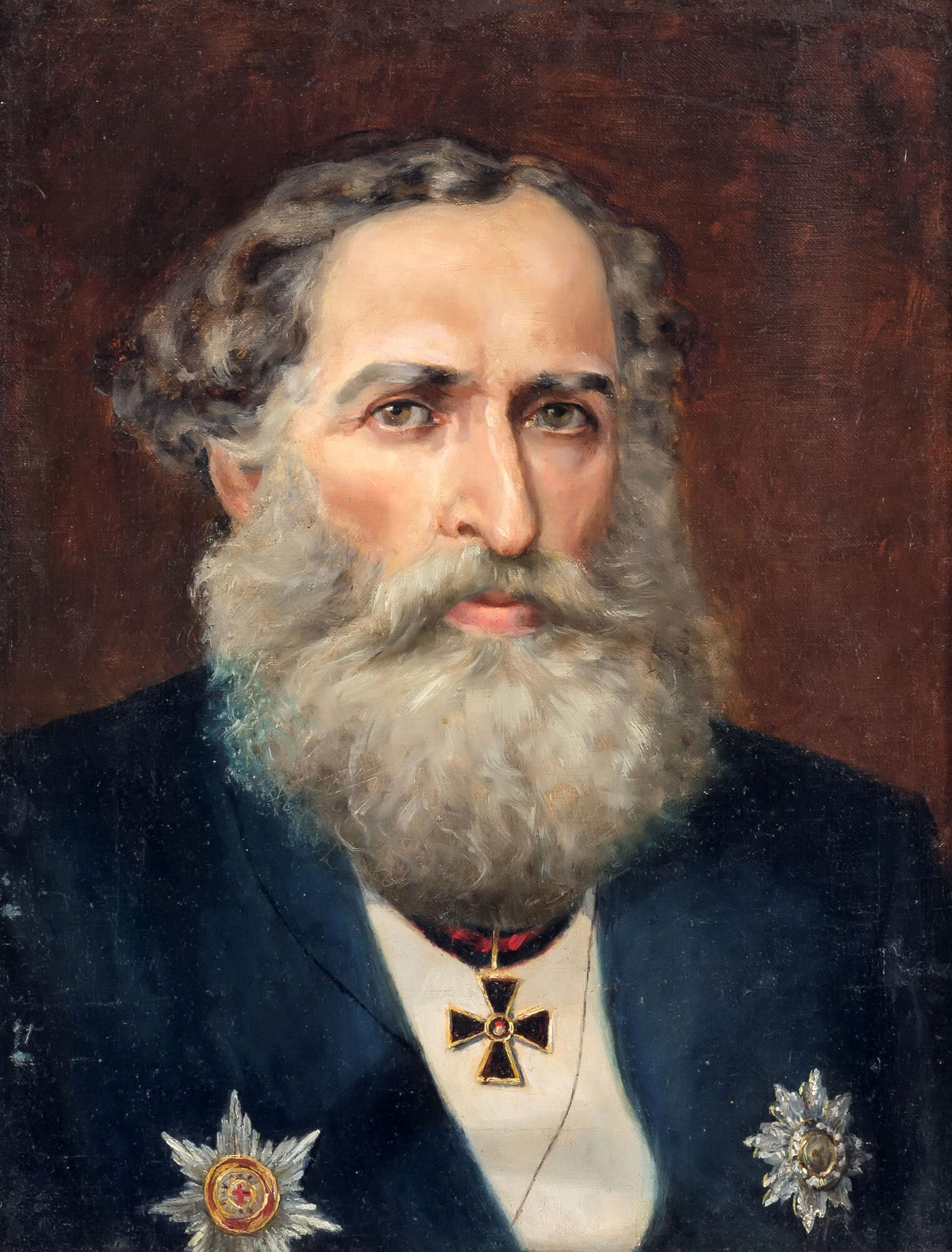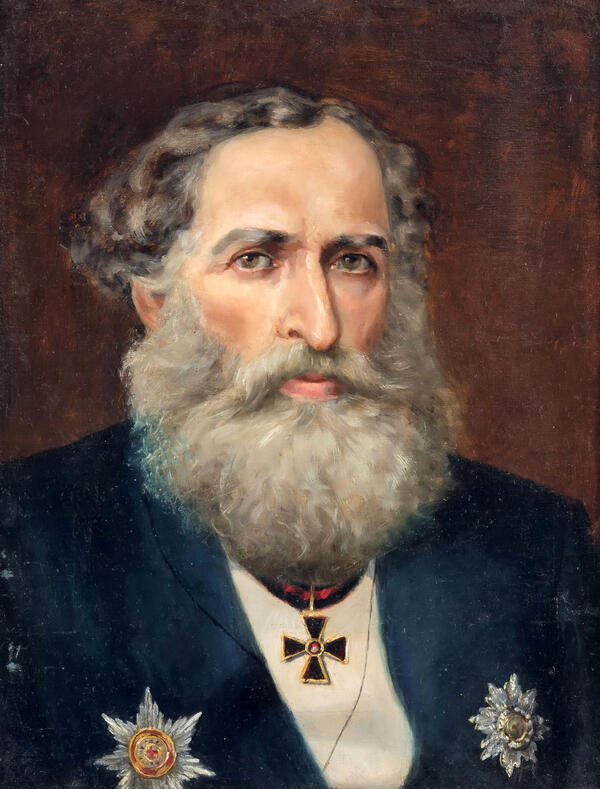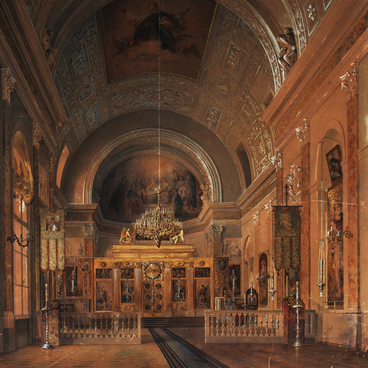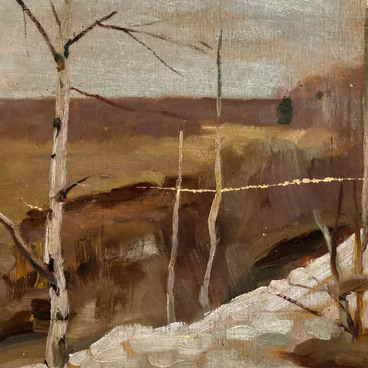The portrait depicts Alexander Kazem-Bek (who lived from 1802 to 1870), a prominent orientalist and professor at Kazan University, whose daughter married the poet’s son Nikolay Boratynskiy.
Alexander Kazem-Bek was the first dean of the Faculty of Oriental Languages of Saint Petersburg University and the founder of Russian Oriental studies.
His scientific heritage is very rich and diverse. The works of the scientist in the field of Turkology, history and religious studies are still relevant for science. Kazem-Bek is highly merited for the development of university-level oriental studies in Russia. It is known that he actively encouraged talented students and raised several generations of young scientists.
The portrait of Alexander Kazem-Bek from the collection of the Boratynskiy Museum is a copy made by the granddaughter of the scientist, Praskovya Kazem-Bek. However, the original has not survived.
Praskovya Kazem-Bek was a lady-in-waiting at the Imperial court, and since 1904 served as a sister of mercy, and then abbess of the Holy Trinity Community of the Sisters of Mercy. During World War One she was in Berlin and inspected the camps of prisoners of war. The results of the trip were published in the book “A Trip of the Russian Sister of Mercy to Germany during the War”. Later, as a representative of the Red Cross, she worked in Stockholm and headed the St. George Red Cross Community. She also ran the Red Cross Office in Kazan.
As a child Praskovya already showed the ability to draw. In 1891, her mother noted in her diary: “Artist NovoskOltsev saw Praskovya”s drawings and studies with oil paints and praised them very much. According to him, she has great abilities to develop, and he has taken over her classes… Praskovya makes gread advances successes; works a lot and diligently and a is great admirer of color”.
Unfortunately, Praskovya Kazem-Bek’s original drawings and paintings have not survived. For the family collection, she made copies of three portraits of her ancestors: her great-grandfather Pyotr Tolstoy, her grandfather Alexander Kazem-Bek and her great-grandmother Maria Tolstaya, née Buturlina.
Alexander Kazem-Bek was the first dean of the Faculty of Oriental Languages of Saint Petersburg University and the founder of Russian Oriental studies.
His scientific heritage is very rich and diverse. The works of the scientist in the field of Turkology, history and religious studies are still relevant for science. Kazem-Bek is highly merited for the development of university-level oriental studies in Russia. It is known that he actively encouraged talented students and raised several generations of young scientists.
The portrait of Alexander Kazem-Bek from the collection of the Boratynskiy Museum is a copy made by the granddaughter of the scientist, Praskovya Kazem-Bek. However, the original has not survived.
Praskovya Kazem-Bek was a lady-in-waiting at the Imperial court, and since 1904 served as a sister of mercy, and then abbess of the Holy Trinity Community of the Sisters of Mercy. During World War One she was in Berlin and inspected the camps of prisoners of war. The results of the trip were published in the book “A Trip of the Russian Sister of Mercy to Germany during the War”. Later, as a representative of the Red Cross, she worked in Stockholm and headed the St. George Red Cross Community. She also ran the Red Cross Office in Kazan.
As a child Praskovya already showed the ability to draw. In 1891, her mother noted in her diary: “Artist NovoskOltsev saw Praskovya”s drawings and studies with oil paints and praised them very much. According to him, she has great abilities to develop, and he has taken over her classes… Praskovya makes gread advances successes; works a lot and diligently and a is great admirer of color”.
Unfortunately, Praskovya Kazem-Bek’s original drawings and paintings have not survived. For the family collection, she made copies of three portraits of her ancestors: her great-grandfather Pyotr Tolstoy, her grandfather Alexander Kazem-Bek and her great-grandmother Maria Tolstaya, née Buturlina.




